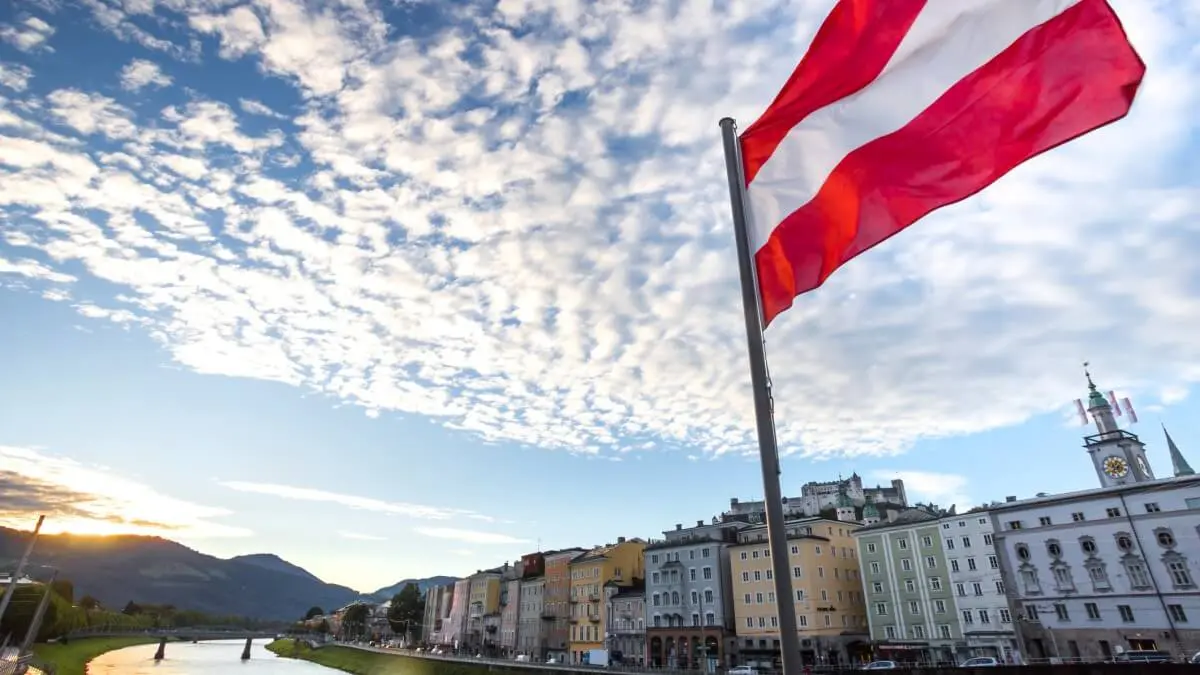
Japa Update: Motor Mechanics, Plumbers, Electricians Needed in Austria Amid Labour Shortages
A major labour shortage in Austria has left nearly 200,000 job vacancies unfilled in the first quarter of 2024, according to Statistics Austria.
The country’s official statistics agency reported an average of 196,400 vacancies, marking an 8.5% increase from the previous quarter, which saw 181,000 vacancies.
This increase is the first recorded in a year, noted Tobias Thomas, General Director of Statistics Austria. Most of the job offers are in the service sector, accounting for 113,200 vacancies. The manufacturing sector has 46,100 unfilled positions, and the public sector has 37,100.
Labour shortages: Austria seeks foreign workers
Austria is increasingly reliant on foreign workers to sustain its economy.
The 2023 EURES report highlights the urgent need for skilled workers in various occupations, including:
1. Electrical mechanics and fitters
2. Agricultural and industrial machinery mechanics and repairers
3. Motor vehicle mechanics and repairers
4. Sheet metal workers
5. Welders and flame cutters
6. Spray painters and varnishers
7. Plumbers and pipefitters
8. Roofers
9. Carpenters and joiners
10. Cooks
11. Nursing associate professionals
12. Construction supervisors
13. Physical and engineering science technicians
14. Mechanical and electrical engineering technicians
15. Systems analysts
16. Midwifery professionals
17. Generalist medical practitioners
18. Engineering professionals
Competitive Salaries for High-Demand Occupations
According to the Economic Research Institute (ERI), some shortage occupations in Austria offer competitive salaries. For instance, medical general practitioners earn an average of €162,974 annually, while registered nurses earn €69,552. Electrical engineers make an average of €75,384 per year, and automotive mechanics earn €43,001.
Visa Requirements for Foreign Workers
Non-Austrian citizens must apply for a D Visa to work in Austria, with exceptions for EU and EFA residents. Highly skilled workers can also apply for a Red-White-Red card, granting them work and residence permits for up to two years. However, those on a Schengen Visa cannot convert it into a long-term work visa.
As of October 2022, over 900,000 foreign workers were employed in Austria, indicating a strong reliance on international labour to fill the workforce gap.
Cost of Living in Austria
Austria is among the most expensive countries to live in, ranking 19th globally and 7th in Europe, according to Numbeo. Monthly expenses for a single person, excluding rent, are estimated at €1,055, while a family of four incurs around €3,590. Rent varies by location, with a one-bedroom apartment in the city centre costing approximately €854 and €695 outside the centre. For a three-bedroom apartment, the costs are €1,540 in the city centre and €1,215 outside.
I
Credit: https://www.vanguardngr.com/
NB: The images and content, except where otherwise indicated, are taken directly from the web, if some images or content were inserted by mistake violating the copyright, please contact the administrator for immediate removal.
We publish all content with good intentions. If you own this content & believe your copyright was violated or infringed, please contact us for immediate removal.
